13 Fascinating — And Sometimes Dark — Facts About Christmas That You Probably Didn't Know
1.Christmas ornaments as we know them are believed to stem from the Pagan tradition of "witch balls" or "yule balls." Dating back to 17th century England, the ornaments were shiny and filled with things like glass or thread. Instead of being hung on trees seasonally, they were hung in the east window of homes all year long. Essentially, they were used to protect the home's inhabitants from all kinds of things — sickness, curses, bad fortune, witches, etc. — and were believed to trap evil spirits inside them.
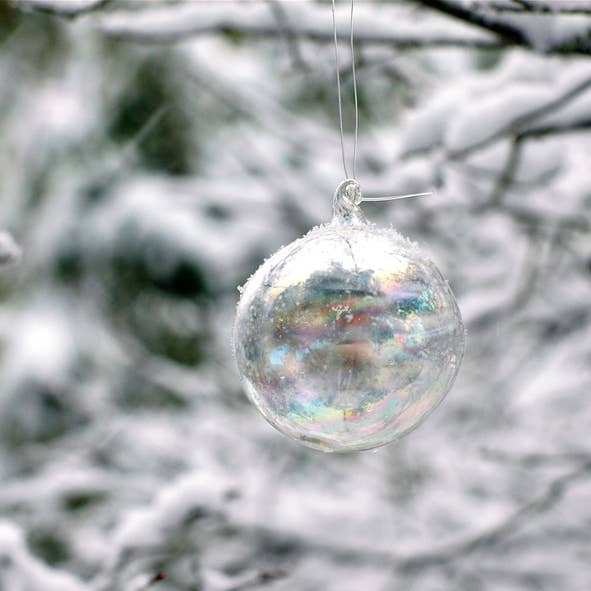
Some people still make witch balls today, filling glass ornaments with crystals, herbs, fruit, plant trimmings, and other items believed to have protective properties.
2.In Victorian England, there was a beloved Christmastime game called "snapdragon," in which players would snatch and eat as many treats as they could out of a literal burning fire. To play, brandy was set on fire, and treats like nuts and raisins were tossed into the flames. Players would take turns seeing who could eat the most without getting burnt. According to Samuel Johnson's 1775 A Dictionary of the English Language, those skilled at the game would literally "put [the fruit] blazing into the mouth, which, being closed, the fire would at once extinguish." The game is mentioned in the works of several literary figures, such as Charles Dickens, Lewis Carroll, and Shakespeare.

The image above depicts a table of folks playing the game, as seen in The Illustrated London News on Christmas day in 1858.
3.If you thought modern-day Christmas carolers showing up unannounced at your door was annoying, you'd hate wassailers. Back in the day, crowds of drunken people would knock at one's door — usually a feudal lord's — and make demands of them, refusing to leave until they were given a treat or let in. Sometimes they wouldn't leave unless they were given some of the very best stock that the lord had. If not obliged, they would sometimes break into the person's home or start throwing rocks.
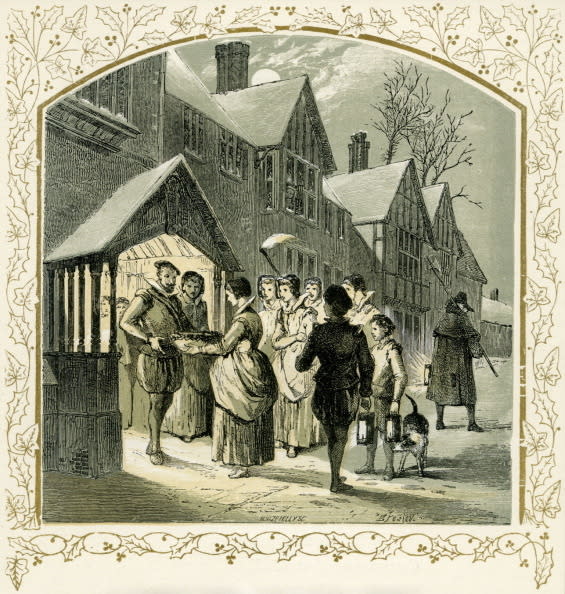
One Scottish wassailing song went, "We've come here to claim our right... / And if you don't open up your door / We'll lay it flat upon the floor." Another, "Come, butler, draw us a bowl of the best / Then we hope your soul in heaven shall rest / But if you draw us a bowl of the small / Then down will come butler, bowl, and all." It really gives a whole new meaning to the whole ~GIVE US FIGGY PUDDING NOW~ part of "We Wish You A Merry Christmas," huh?
Things took a turn for the less-violent in the 14th century, and wassailing became more of a holly jolly tradition to celebrate by visiting neighbors. Wassailers came with big bowls of spiced punch, ale, or mulled wine to share. Actually, wassail partakers would dip pieces of toasted bread into whatever beverage was being shared, and thus the origin of "toasting" drinks — which is much different today — was born.
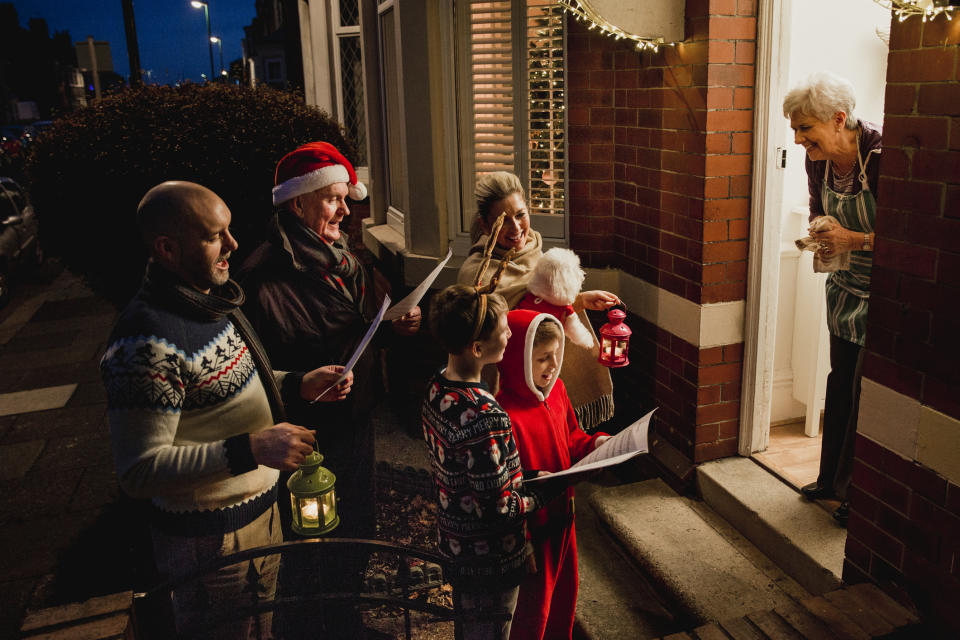
4.Next time you're kissing someone under the mistletoe, remember that the plant's name literally means "dung on a twig." "Mistle" is the Anglo-Saxon word for dung and "tan" — which the "toe" part is derived from — means twig. This is because ancient Anglo-Saxons noticed that mistletoe tended to grow where there were bird droppings and believed it could spontaneously materialize from the dung, even if it was just on a twig. While birds eating the mistletoe's fruit does spread the seeds, it's actually a semi-parasitic plant, meaning it needs a host to grow. There's nothing more romantic than that, right?
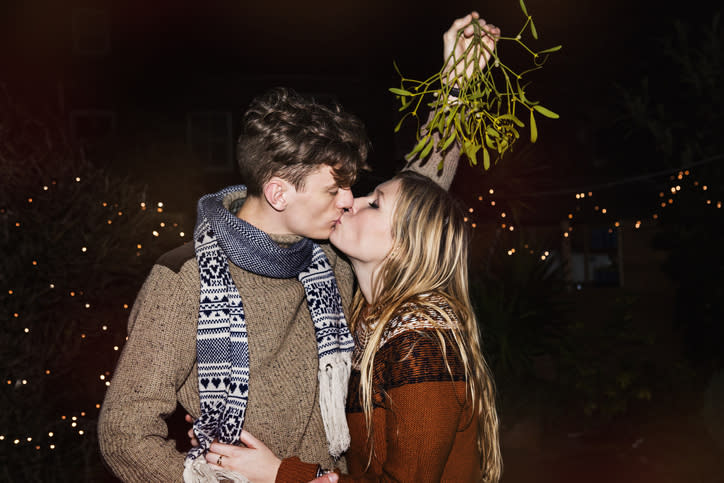
5.Tons of things we now associate with Christmas — including the date — come from the Pagan holiday Saturnalia, which was widely popular in ancient Rome. The bible gives no specific date that Jesus was born — in fact, it's actually believed he was born in spring, not winter. Saturnalia honored the Roman god of agriculture and time, Saturn, and was celebrated from December 17 through the winter solstice — which, according to the Julian calendar (which they used) is December 25. Other traditions we've adopted from this ancient celebration include decorating with wreaths, exchanging gifts, feasting, and singing.
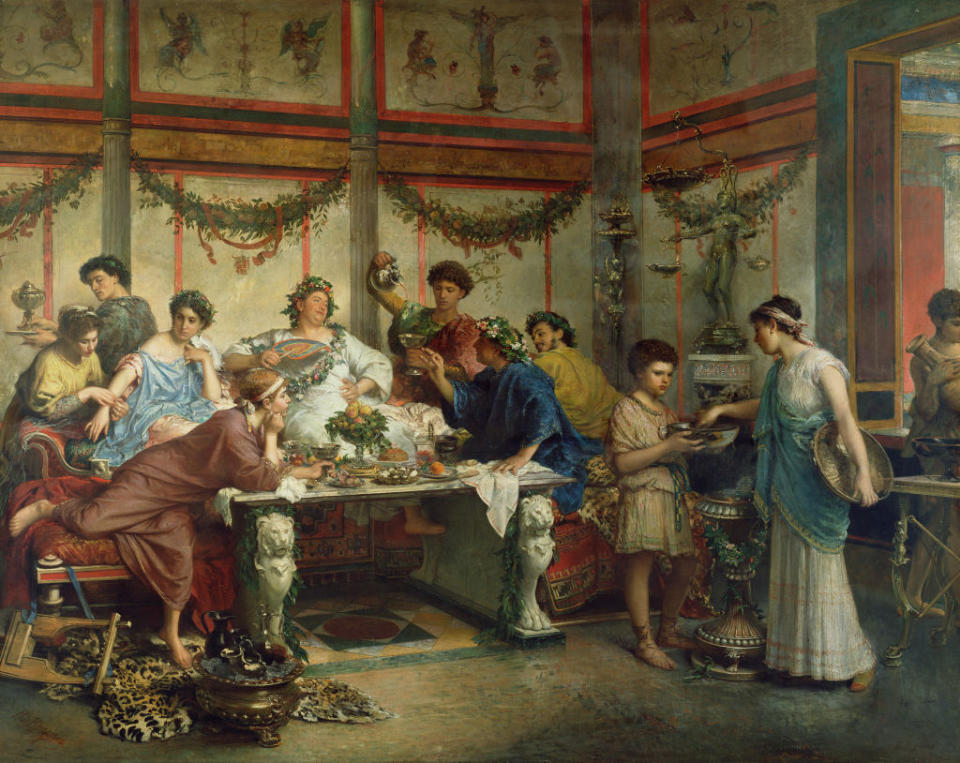
6.In Ukraine, spiders are seen as symbols of good luck, and some families decorate their Christmas trees with jeweled spiders or spider webs. This calls back to the many centuries-old legend of the Christmas Spider. In the tale, an impoverished widow and her children are unable to decorate their tree, but wake up on Christmas morning to find a spider spun beautiful, intricate webs all over it, which turned silver and gold in the sunlight. Some also attribute the story of the Christmas Spider as the origin of tinsel, too.
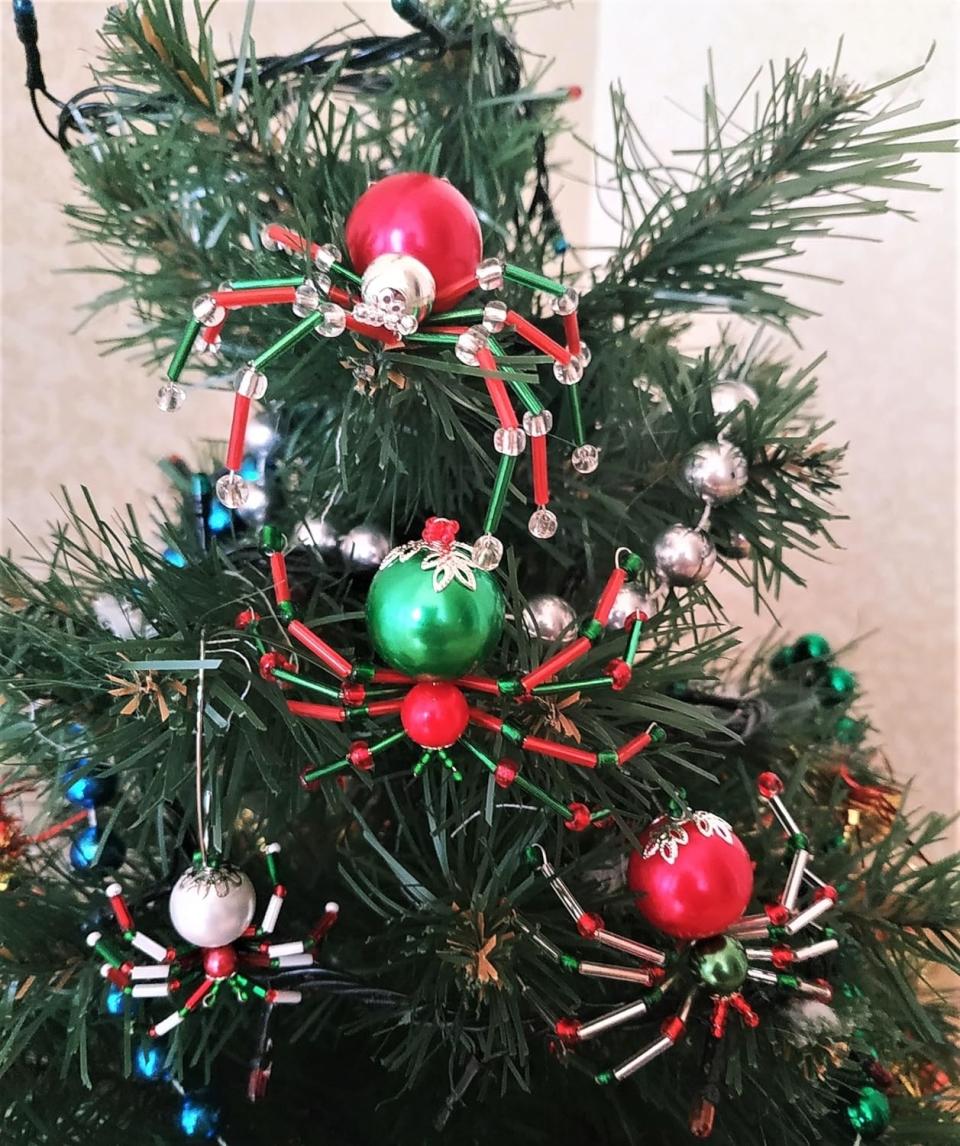
Personally, I think there's no greater Halloween/Christmas crossover than a spidey-fied Christmas tree.
7.Celebrating Christmas was illegal for a while, and offenders were fined if caught. In 1659, the "Penalty for Keeping Christmas" law was enacted by the Massachusetts Bay Colony, calling the festivities a "great dishonor of God and offence of others." If caught feasting, not working, or partaking in other merry and bright activities, perpetrators were fined five shillings for each act.
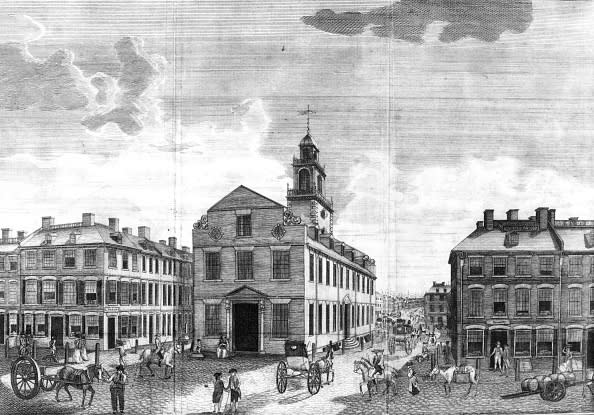
According to the state of Massachusetts, five shillings is equivalent to about $48 as of 2014.
8.The first ever song played in space was none other than the holiday classic, "Jingle Bells." According to Guinness World Records, it was broadcast in December of 1965 during NASA's Gemini 6A flight.

While sound waves can't travel in much of space due to it being a vacuum, there's something so bizarrely ominous about imagining what "Jingle Bells" would sound like alongside the downright horrifying sounds that space itself makes, like this:
The misconception that there is no sound in space originates because most space is a ~vacuum, providing no way for sound waves to travel. A galaxy cluster has so much gas that we've picked up actual sound. Here it's amplified, and mixed with other data, to hear a black hole! pic.twitter.com/RobcZs7F9e
— NASA Exoplanets (@NASAExoplanets) August 21, 2022
9.The holiday tradition of building and decorating gingerbread houses is believed to be inspired by the 1812 Brother's Grimm fairytale, Hansel and Gretel. In the original rendition of the tale, the witch's house was made of "bread, and roofed with cakes, and the window was of transparent sugar." In later versions of the story, the house was made of gingerbread. The tradition was furthered when German bakers started making real-life little houses like the one described in the story out of lebkuchen, or spiced honey biscuits. So next time you decorate a gingerbread house, remember it's not just home to some sweet little gingerbread men, but also a cannibalistic witch!
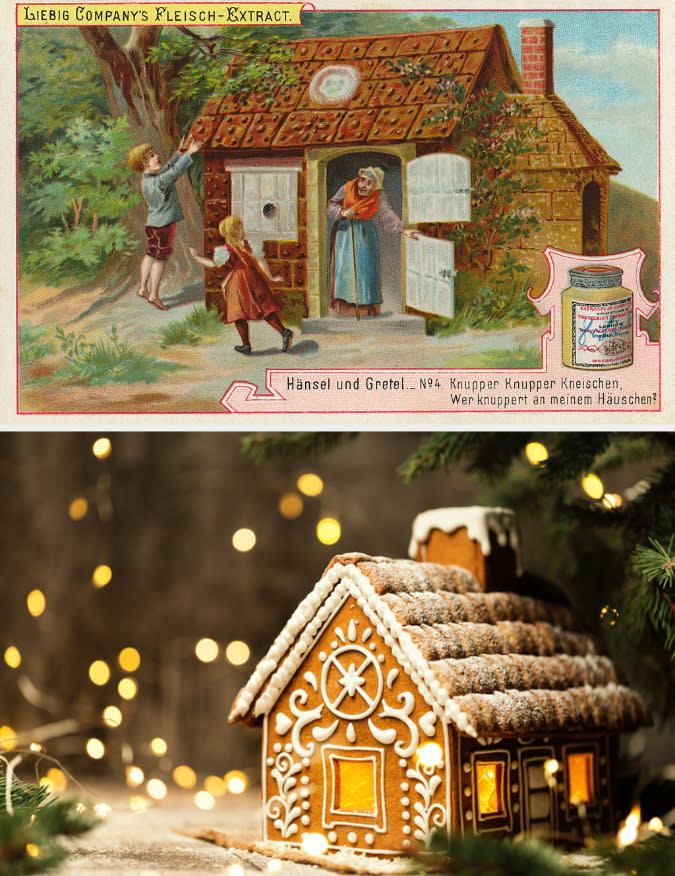
10.While the tradition of leaving goodies out for Santa is rooted in ancient Norse mythology, it was actually popularized in the US during the Great Depression. The modern-day American tradition of leaving milk and cookies out for Santa dates back to the 1930s. Parents in the Great Depression used it as a learning tool to teach the importance of giving to others despite the time of hardship, as well as a reminder to be grateful for the things they would get on Christmas day.
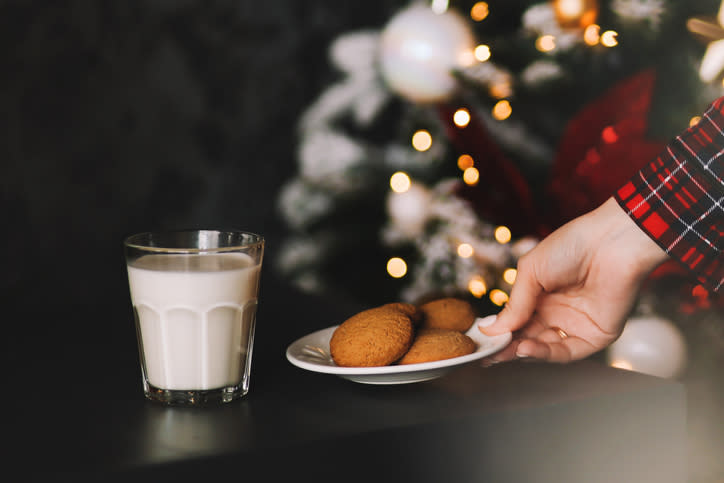
11.In place of Santa, Iceland has the Yule Lads — which are 13 rather mischievous "Santas" who visit on the 13 nights that lead up to Christmas. Children place their shoes at the window before going to bed and wake up with a shoe full of candy if they've been good...or rotten potatoes if they've been bad. While all the lore I could find about them is much tamer now, in the past (1746) it got so scary, parents were banned from using the creepy stories of the Yule Lads to scare their kids into behaving.

The story doesn't end there, though. The Yule lads are the children of the troll Gryla, who — arguably — is way more terrifying. As the legend goes, Gryla spends the year hearing tales of children who are misbehaving, and collects the bad children herself in the winter to cook into a big stew that she'll feast on all season long. And naturally, she has a giant black cat — The Yule Cat, or Jólakötturinn — who eats any child who hasn't gotten new clothes before Christmas, whether they were good or not. New clothes were often rewarded to children who completed their chores, according to Smithsonian Magazine.
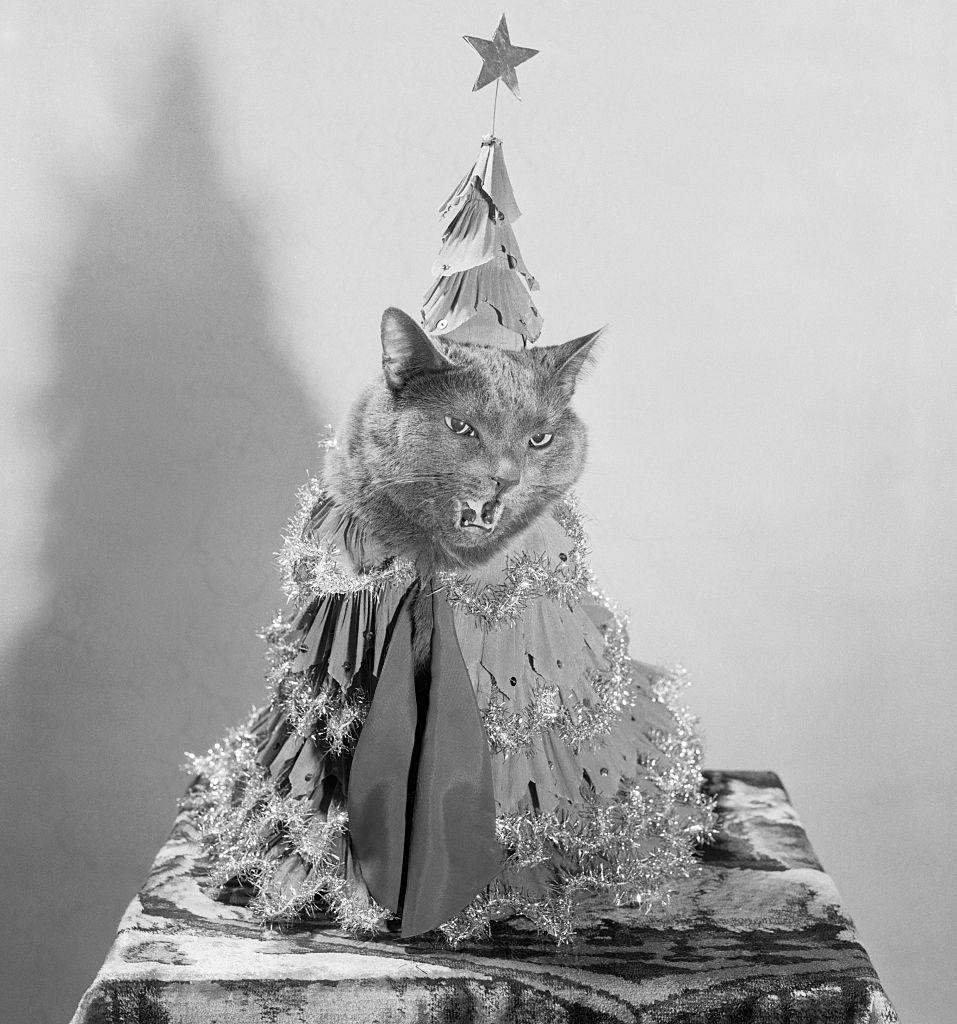
12.While Christmas decorations sure are fun to look at, they can be pretty deadly, too. According to the U.S. Consumer Product Safety Commission, there are about 160 decoration-related injuries every single day during the Christmas season. About 40% of those are falls. Last year, there were about 14,800 people who had to go into the emergency room for a decorating gone wrong.
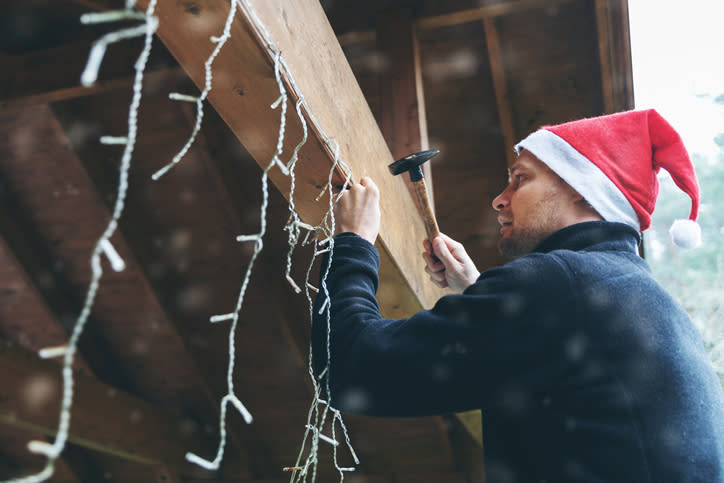
13.And finally, according to a 2010 study analyzing Facebook relationship statuses, one of the most popular times for couples to break up is — believe it or not — two weeks before Christmas. The only other time that even comes is spring break, which also sees a peak of break ups. Alternatively, Christmas Day is the least popular day for a breakup, dipping much lower than average. You can see the chart for yourself here.

Are there any interesting or dark Christmas facts we missed? Tell us in the comments below!

